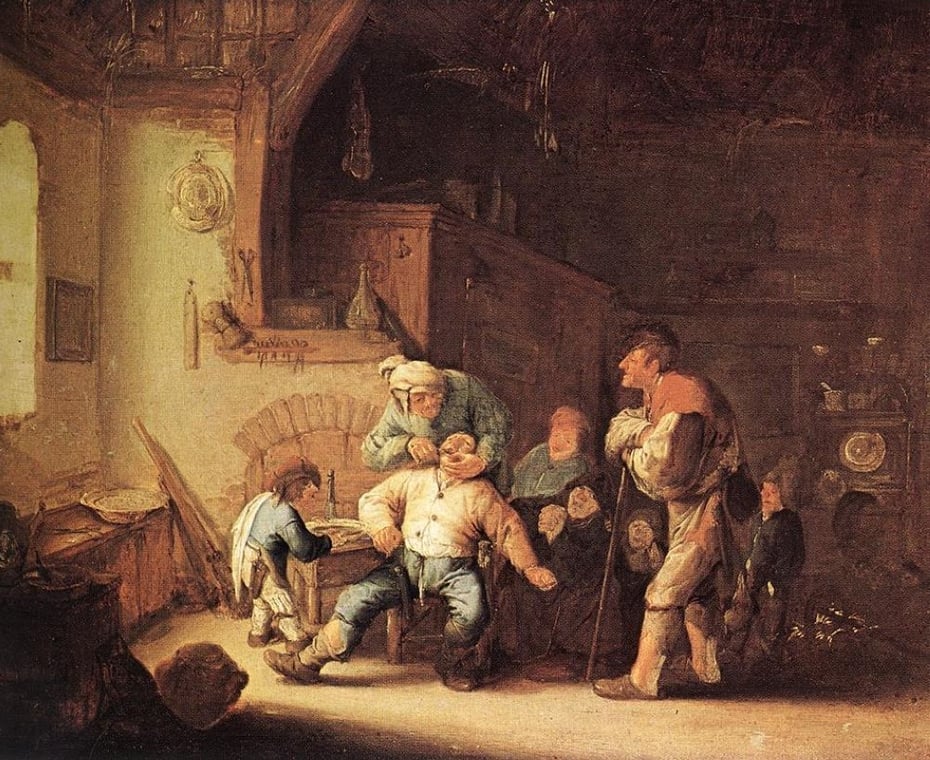During medieval times, surgery was seldomly performed or conducted by actual physicians. The task was given to experts who possessed razors and were quite precise in their craft. But who was assigned to perform surgeries during this era?
Surgery was entrusted to barbers in medieval times because it was deemed too menial a task for physicians to perform.
The Barber Surgeon
A barber-surgeon was a surgeon who could conduct operations such as bloodletting, cupping therapy, tooth extraction, and amputation. Barbers might also bathe, cut, shave, trim facial hair, and administer enemas to their clients. The barber-surgeon served in the army during wartime, but during peacetime, he could practice on civilians.
Barber surgeons, one of the most common Middle Ages European medical practitioners, were in charge of caring for soldiers during and after the battle. Barbers, who had razors and the coordination required for their job, were called upon for various operations ranging from cutting hair to amputating limbs during this period.
Surgical mortality was extremely high due to blood loss and infection. Barbers used leeches because doctors felt bloodletting was a treatment for the disease. Physicians, on the other hand, regarded themselves above surgery. They generally saw surgical patients and offered to consult but preferred academia, working in universities, or living in castles where they treated the wealthy. (Source: Encyclopedia of Medical History)
The Middle Ages in Europe
Monks had to keep their tonsure because of religious and hygiene rules. Because each monastery had to teach or hire a barber, a market for barbers arose. They would do bloodletting and other minor procedures such as tooth extraction and ointment preparation. Around 1000 AD, the first barber-surgeons were acknowledged and worked in monasteries.
Because physicians conducted surgery so infrequently, barbers and other medical paraprofessionals such as cataract couchers, craniotomies, lithotomists, midwives, and pig gelders flourished during the Middle Ages. Barbers performing phlebotomies and scarifications alarmed Bruno da Longobucco, an Italian surgeon who wrote on surgery in 1254. (Source: Hekint)
Traditions in the 21st Century
There are few signs of barbers’ connections to the surgical side of medicine. The classic red and white barber’s pole, or a modified blacksmith’s equipment, is thought to symbolize the blood and bandages associated with their historical duty.
Another relic is doctors’ usage of the term Mr. rather than Dr. while completing their surgical qualifications. This custom is almost unique to the United Kingdom, Ireland, and, to a lesser extent, South Africa, Australia, and New Zealand, all Commonwealth countries.
Even though all surgeons in these countries now require a medical degree and several additional years of surgical training and certification, this practice dates back to the days when surgeons did not require a university education in medicine. This link to the past is maintained. They no longer perform haircuts, a task that barbers have retained. (Source: Royal College of Surgeons of England)
